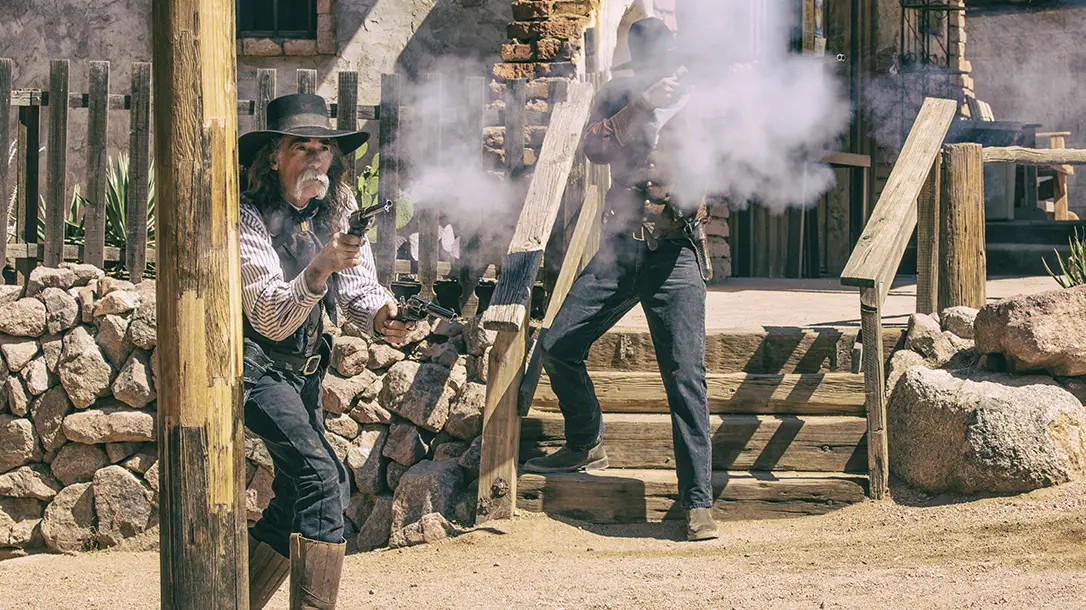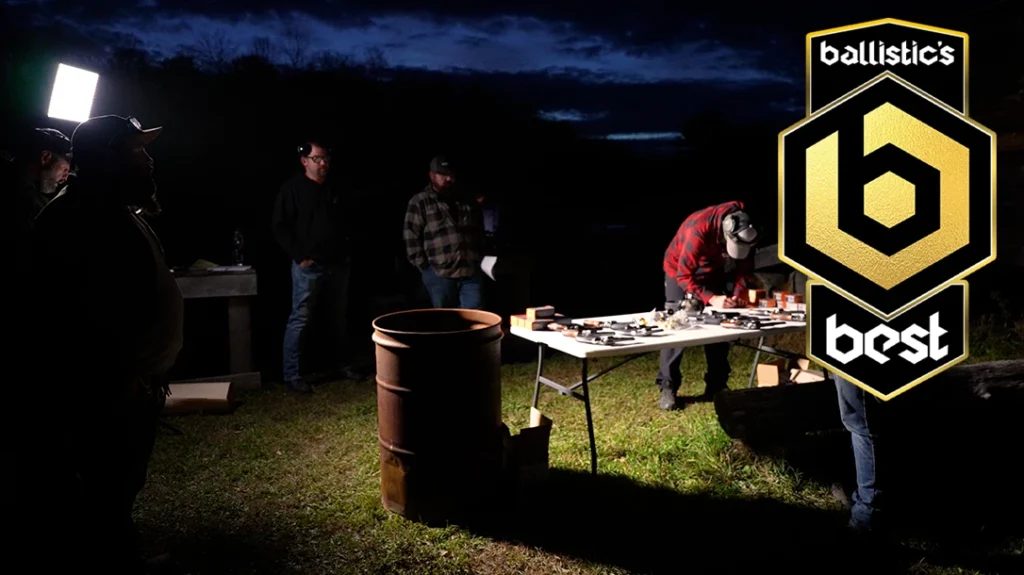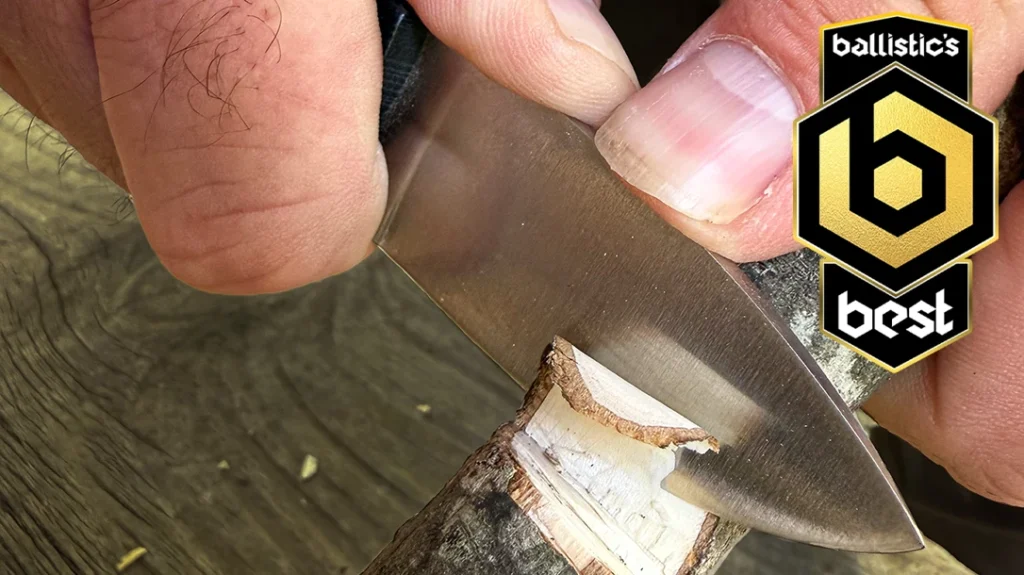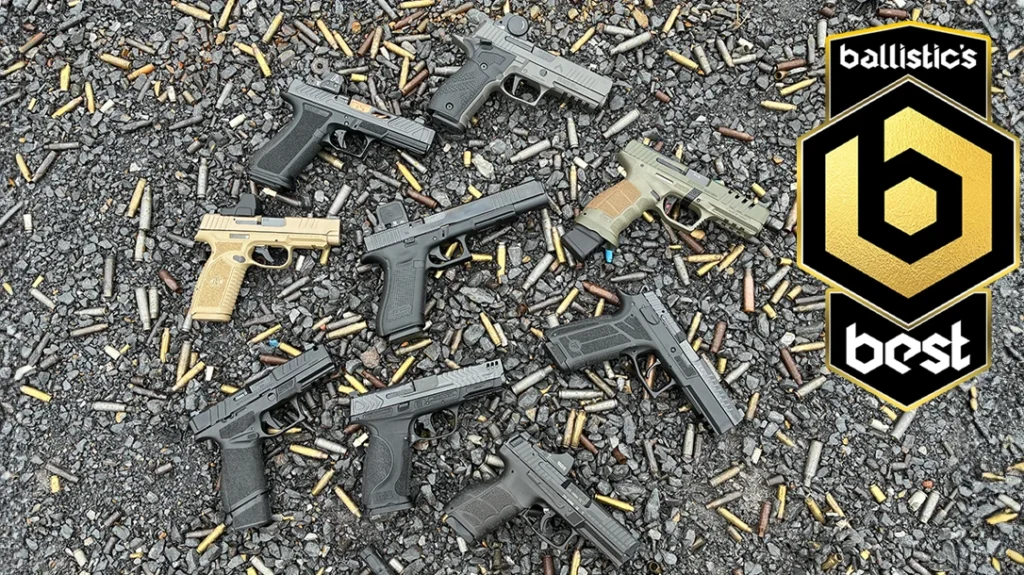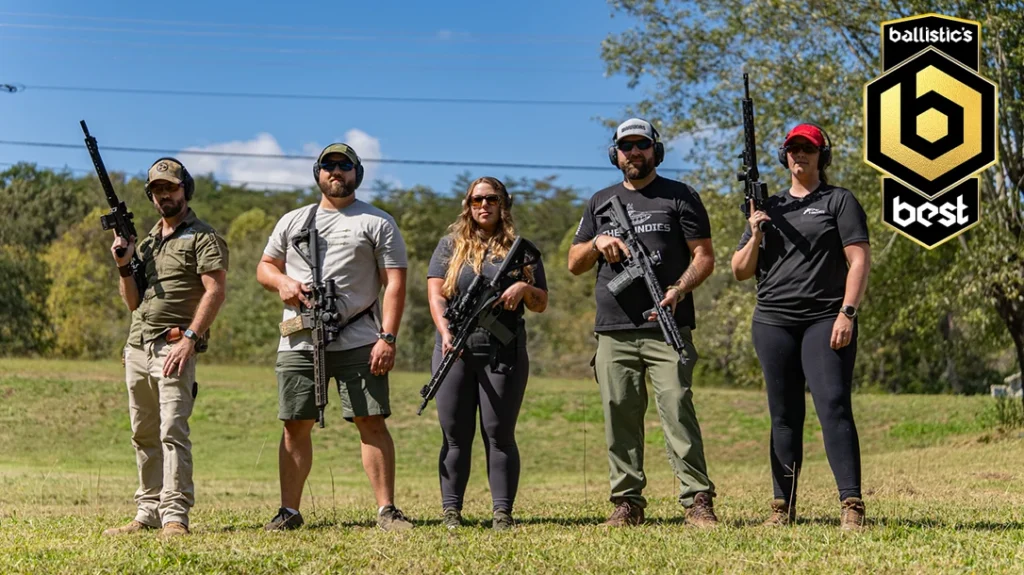When we discuss the Old West, we often mention Dodge City, Kansas. Few towns played as much of a role in westward expansion and the development of legendary stories. It’s time to take a closer look at this iconic gateway to the Old West.
Built on Cowboys, Gunfighters and Gambling, Dodge City, Kansas was a Gateway to the West

Dodge City, Kansas, stands as one of the most legendary towns of the American Old West. Located on the high plains of southwestern Kansas, this small city gained national fame in the late 19th century as a hotspot of frontier lawlessness, cattle drives, and gun-slinging lawmen. Its name has become synonymous with the Wild West. Images of dusty saloons, outlaws, and showdowns at high noon are brought to mind. But Dodge City was more than just a watering hole for Western legends. It was a serious center of commerce and culture that played a critical role in shaping the mythology and reality of the American frontier.
Advertisement — Continue Reading Below
In 1871 H.L. Sitler constructed a sod house 5 miles west of Fort Dodge on the Santa Fe Trail. Within one year this site grew into a town with a general store, 3 dance halls, and 6 saloons. Many of the early settlers of Dodge City were gamblers, gunslingers, and cattlemen. Its location near the Fort Dodge military post gave the town strategic importance. Fort Dodge provided protection for settlers and travelers on the Santa Fe Trail, one of the most important trade routes of the 19th century. With the arrival of the Atchison, Topeka, and Santa Fe Railroad, Dodge City became a natural stop for trade and supply lines stretching westward.

Dodge Saw Quick Growth
Dodge City was like many other pop-up towns of the time. It had a dirt street, quickly constructed buildings and more people than it could handle. Unlike the image of long-established towns many have today, Dodge was a relatively small stop over for many heading west.
Advertisement — Continue Reading Below
The cattle industry was the primary thing that turned Dodge City into a booming frontier town. After the Civil War, Texas ranchers needed to reach new markets for their longhorn cattle. The Western Trail, also known as the Dodge City Trail, became an important route. Ranchers would lead herds northward to railheads where they could be shipped to eastern markets. By the late 1870s, Dodge City had become the primary destination for cowboys driving cattle from Texas. This central hub in the cattle industry earned Dodge City the nickname “Queen of the Cowtowns.”
The growing city saw a significant influx of cowboys, cattle buyers, and, of course, gamblers. The town’s early years were marked by lawlessness. It was a rough place where gambling halls, brothels, and saloons outnumbered churches or schools. Famous watering holes like the Long Branch Saloon became centers of both commerce and conflict.

Advertisement — Continue Reading Below
Famous Lawmen
This lawlessness was countered by some of the most famous lawmen of the time. Among them were Wyatt Earp, Bat Masterson, and Charlie Bassett. Their goal was to try to tame the town. Wyatt Earp was the most famous lawman who wore a badge in this dusty town. Though his time in Dodge was relatively short, his presence during the mid-1870s helped set a standard for law and order. Bat Masterson, a dapper and skilled shooter, also served as sheriff and became a national figure in later years. These men, and others like them, helped forge the enduring myth of the frontier lawman. They were immortalized in books and Hollywood Westerns.
Dodge City’s economy revolved almost entirely around cattle from 1875 to 1885. During this period, hundreds of thousands of cattle were driven to Dodge, which supported a large business community. This booming economy attracted people from all types of people, including European immigrants, freed slaves, and Mexican vaqueros.

Advertisement — Continue Reading Below
Diverse Population
This cultural mix gave Dodge City a surprisingly diverse population for its time. Despite its reputation as a rough place, the town was also cutting-edge in many ways. Dodge City had some of the earliest refrigerated meat packing operations, which helped revolutionize the meat industry in America.
By the mid-1880s, the Old West era had begun to fade. Railroads had expanded, and Dodge City’s importance began to shrink. However, the town’s legend was cemented into American lore. It was around this time that Dodge City began working to change its image away from a violent western town towards a more peaceful and civilized location. In 1878, for example, the bodies in the notorious “Boot Hill” cemetery were moved to the newly established Prairie Grove Cemetery, and a new schoolhouse was built on Boot Hill.
Today, Dodge City embraces its Old West heritage while functioning as a modern city. Like many historical Old West towns, it maintains a historical district where people can get a taste of the town that was. Complete with museums and staged gunfights, it is a great place to experience the Old West.
Advertisement — Continue Reading Below

Dodge City Kansas
Dodge City, Kansas, played a crucial role in the development of the American West. From its influence on the cattle industry to its legendary cowboys, it is an icon of the Old West.
Advertisement — Continue Reading Below
